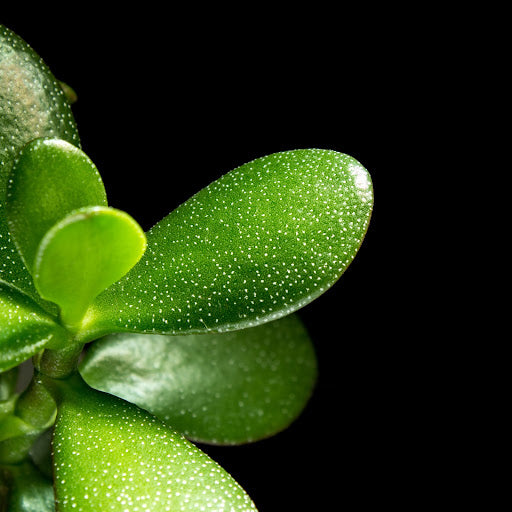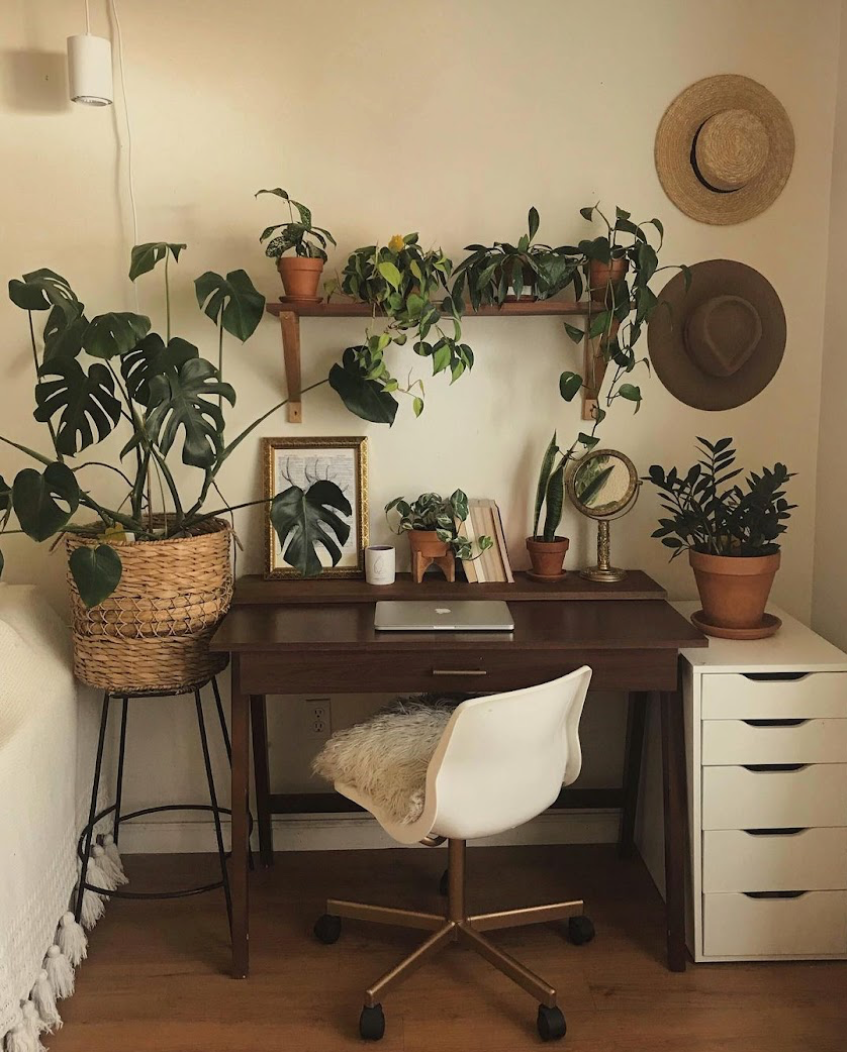
Table of Contents
The popularity of indoor potted plants has been increasing in recent times. While they do bring a new life to whatever room they’re in, they can also bring some unnecessary trouble. They are not as needy as pets such as dogs or cats, but you still have to care for them in order to get the best results. From watering to soil care and everything in between it is important to stay on top of your plant care in order to keep your indoor plant garden healthy and lush.
When you think of salt, your mind might immediately go to the salt you put on your food. Table salt, scientifically known as Sodium Chloride (NaCl), is just one example of a salt. If a solid is able to be dissolved in water, it is a salt. There are many different examples of salt such as ammonium nitrate, potassium chloride, magnesium sulfate and gypsum. All of these salts can be beneficial for plants as they are common in fertilizers but as is the case with anything, too much of a good thing can be bad. Salt build-up is detrimental to your plants as it can cause dehydration, root rot, stunt flower growth amongst other issues. None of these ailments will be fun to endure for you or your plants.
Why does salt build-up occur?
Salts exist in a variety of substances that come in contact with your plants. From the water you give them to the fertilizer and soil they sit in, salt is all around them. Plants intake salt from their surroundings to create a natural flow of water. When the salt dissolves in water, it forms ions that are charged. To avoid getting too scientifically technical; water is slightly polar, meaning one side of the molecule is slightly negative and the other is slightly positive. This means that the ions the plant takes from the salt can move the water from the soil into the roots and stems for it to use. The issue arises when there are too many ions, and they latch onto the water molecules, preventing the water from going into the roots and up the stem.
Since indoor plants are confined to a pot, the nutrients available to them are lower than their outdoor counterparts who reside in the ground. Due to this, we need to give our plants fertilizer to give it the proper type and amount of nutrients it needs. With all of these excess nutrients in the soil, over time salt will accumulate and cause problems for your plant.
What are the symptoms of salt build-up?
 Salt build-up appears as a white, chalky substance on the surface fo the soil. Sourced via indoorgardening.com
Salt build-up appears as a white, chalky substance on the surface fo the soil. Sourced via indoorgardening.com
There are a few signs to know when your plant has salt build-up.
- White, Chalky substance on the soil surface
- This is the most obvious sign as it is excess salt. There is too much in the plant and the soil so it must go somewhere. Since the concentration of salt is lower on top of the soil, it will be deposited there. This is the most definite symptom of salt build-up as the other symptoms we are about to mention could be attributed to many different ailments.
- Yellow or Brown leaves
- Anytime a plant’s leaves turn a different color than its normal shade of green, it is usually an indicator that something has gone wrong. If your plant’s leaves are yellow or brown, it does not automatically mean your plant is suffering from salt build-up. There are a variety of reasons for this symptom, and 8 of them can be seen in this article 'Why do plant leaves turn yellow?'.
- Drooping/Wilting
- This is another symptom that can be caused by a variety of issues, but if you notice your plant looks rather droopy, it may be due to salt build-up. Since salt build-up affects the water intake of a plant, it will wilt as the cells of the plant will be softer than when they are filled with water.
How can I fix salt build-up?

Leaching plants will help reset the salt levels back to normal. Sourced via Gardeningknowhow.com
The first thing you should do if you believe your plant is suffering from salt build-up is remove as much salt as you can. Salt will be solid and white making it fairly easy to locate and remove. Make sure you don’t remove more than the top ¼ inch of soil. After you remove the salt from the surface of the soil, you’ll need to undergo a process called leaching or flushing. Leaching is when a mineral drains away from soil.
To start the leaching process, place your plant somewhere that it can drain easily, for example; outside or the kitchen sink. Then slowly pour warm water over the soil. You will have to pour twice as much water as the pot will hold. If your pot is 3 L big, you will need to pour a total of 6 L of water during the leaching process. Make sure to not overflow out of the pot when doing this. You will need to use a lot of water to flush out all the excess minerals as the water will absorb the salt and remove it. Once you are done with this process, your plant should be good to go. Don’t fertilize your plant for a while to let everything reset to normal.
Can I prevent salt build-up?
Due to the nature of potted plants, it can be difficult to completely prevent salt build-up. Fertilizing will provide minerals and this naturally occurs over time. While you may not be able to fully prevent salt build-up, you are able to limit its effects long term. Leaching your plants every 4-6 months will help prevent massive salt build-up, which could lead to some of the symptoms described earlier. Another aspect to think about is how much you are fertilizing. If you over fertilize, you will fall into the same problem where there are too many minerals in the soil, causing salt build-up. Be aware of what kind of plant you have and how much fertilizer it needs to be healthy.
Be aware of the water you are giving you plants. If you use regular tap water, there will be a high amount of ions in it and will accelerate the salt build-up process. Filtered water, such as reverse osmosis, will be free of ions and won’t affect the plant in this aspect long term. Check out this reverse osmosis filter from Home Depot to provide good water to your plant. On top of this, try to have a pot with good drainage. Not only is it better for the health of the roots, it also prevents the water from sitting in the pot and accumulating ions or salts. Check out the Wally Eco Wall Planter from Soltech Solutions to provide a stable, good draining pot to your plant.



